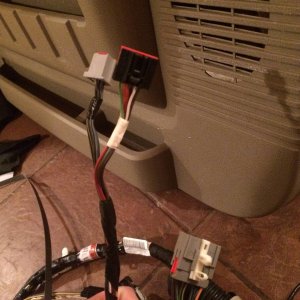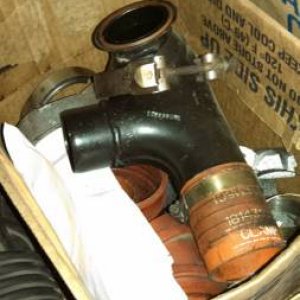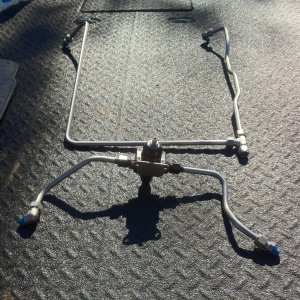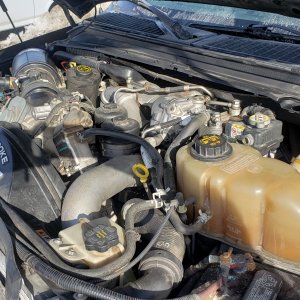The ignition timing is retarded and the fuel and air intake supply is enriched. Next there are two versions:
Either the air inlet is kept slightly open or an extra air injector which bypasses the air manifold is used to keep air supply for the engine. Using either method means that the fuel and air mixture keeps getting inside the engine's cylinders even if the driver is no longer pushing the accelerator pedal. With the ignition being retarded, this means that the air/fuel mixture gets into the exhaust mostly unburned.
When the spark plugs fire for the first time in this cycle, the exhaust valve is just getting open because of the ignition delay. In contact with the high temperature exhaust, the unburned air/fuel mixture explodes in the actual exhaust tubes, right before the turbocharger. This micro-explosion keeps the turbo spinning to provide and adequate amount of pressure even if the driver no longer presses the accelerator pedal.
Obviously, we're talking only about a single explosion here, but in the course of a few seconds tens of them are actually happening. The main effect is obviously the almost total absence of turbocharger lag, without the need for the engine to be "manually" revved.












